Triangles for #SundayStills
This week had me thinking, and scouring my photo archives, for photos of triangles for Terri’s theme for #SundayStills.
And everywhere I went I was on the lookout for triangles!
Triangles in real life
Married as I am to the Mathematician, for almost 40 years now, you would think I would be all over triangles and basically all things geometrical.
But I’m here to tell you that I’m not!
As I poured over photos from years ago to today, I kept asking him, is that a triangle, is that one? Sometimes he’d say ‘yes’ and other times, ‘no that’s a sector’ or even just rudely roll his eyes at me – he does seem to do that a lot, or it’s often the baleful, ‘what are you thinking’ look! Ain’t love grand 🙂
Anyway I finally found a few photos with triangles in them and was mighty pleased – I couldn’t let this week go without adding my contribution – due mainly to being married to a real life Mathematician!
I found some signs – have you noticed that warning signs tend to be triangles? Why?
I didn’t know why, so I went looking…..I love researching for blog posts!
For some time now, warning signs have been triangular. ‘Prohibition’ signs – which explain that something is not allowed in an area, such as ‘no smoking’ signs – are circular, and most other signs are rectangular. These shapes were decided on deliberately in 1968, at the Vienna Convention on Road Signs and Signals.
This is an agreement that 62 countries, including the UK, abide by. It determines what shape and colour road signs should be, as well as a number of their other features. The idea was to create an international ‘language’ of signs that could be understood across borders, so that if you were driving in a foreign country you would still be aware of hazards.
The agreement decided on the triangle as the shape of all signs warning of a danger – from roadworks to ducks crossing – and the circle for prohibition signs.
Source

Getting a bit spicy in Croatia! 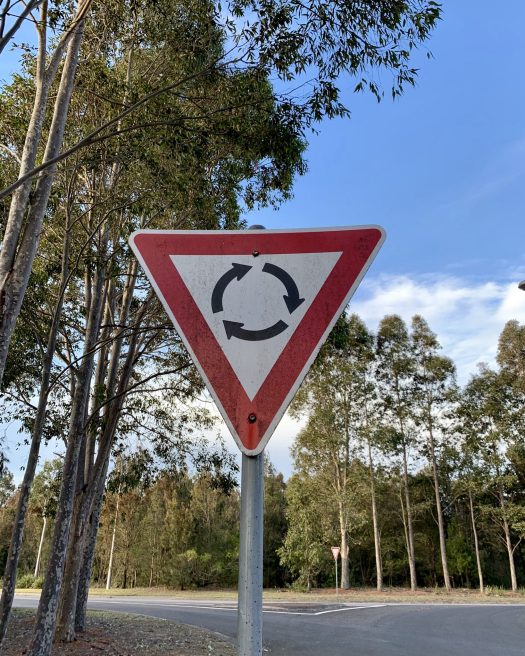
Warning sign
The warning sign of a roundabout ahead made me smile. It took my fancy because of the circle within the warning triangle shape, but right behind it was a line of tall, straight gum trees – the mathematical signs were with me!
I found a teepee at the night markets
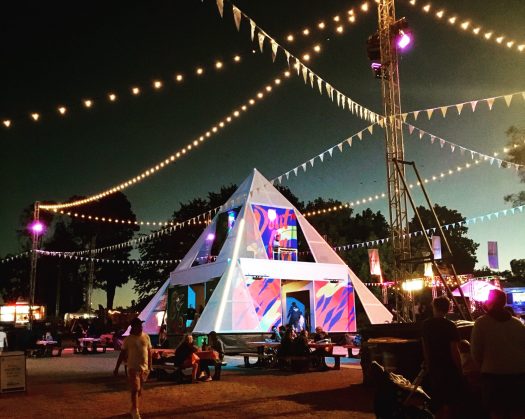
Yes, I know strictly speaking this is a pyramid shape but it got the nod from the Mathematician, plus the bunting is triangle shaped and I happen to just love the photo! It exudes ambience doesn’t it?
Did you know? The floor of the tipi represents the earth on which we live, the walls represent the sky and the poles represent the trails that extend from the earth to the spirit world (Dakota teachings).
Which leads us onto bunting
The English LOVE their bunting! It’s starting to catch on here in Australia but nowhere like in England! This is one of my favourite bunting shots from Gordon Castle in Scotland, taken last year. Now they are classic triangles 🙂
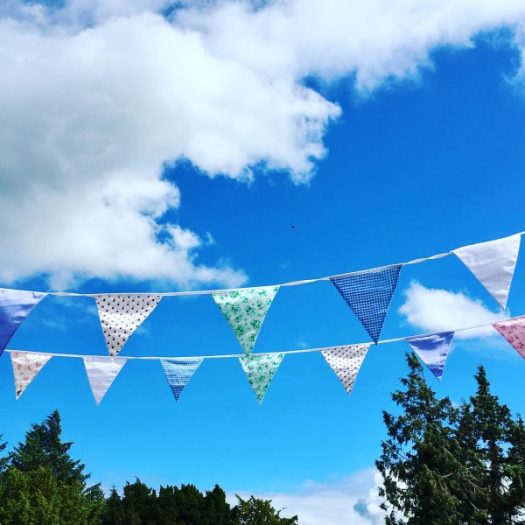
But why is it called bunting?
The origin of bunting – On a navy ship, the sailor whose job it is to raise the flags is still referred to as a bunt. Bunting is used to describe the material to make the flags – an individual triangular flag was called the tammy, a word derived from estamet, the French word meaning lightweight wool fabric. Source: Google Search
Don’t tell me blogging isn’t educational!!!
Even in ruins you can find triangles
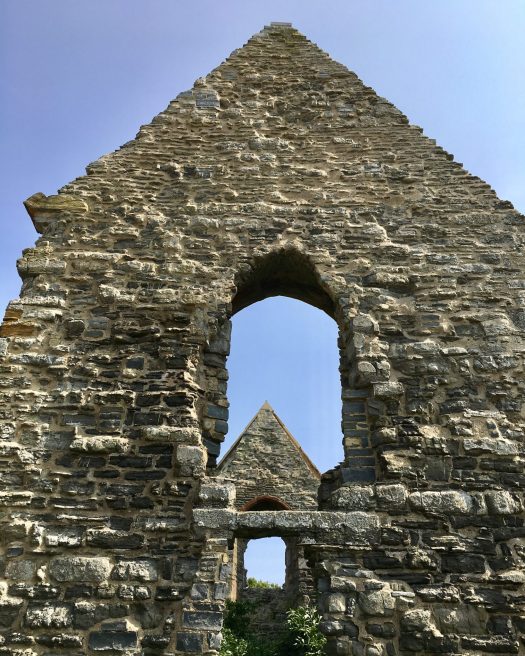
This is part of Kilve Chantry which was founded in 1329. After a walk on the very rocky beach, we had a lovely afternoon tea out last year. So pleased I took this photo of the ruins now!
What is a Chantry? English: from Old French chanterie, a term which originally meant the singing or chanting of a mass, but later came to denote in turn the endowment of a priest to sing mass daily on behalf of the souls of the dead, the priest so endowed, and eventually the chapel where he officiated.
So there you have it, after worrying I had nothing for TRIANGLES, I’ve managed to come up with a few photos of triangles in the wild!
Sunday Stills – what’s it all about?
Terri from Second Wind Leisure Perspectives, is the host of Sunday Stills and very generously offers a photo prompt each week on a Sunday! Like minded people can write a post, share a photo or two and see how others have interpreted the theme each week. It’s a fun way to engage with others and share photos with a wider audience.
And it sometimes makes you think – which is good for our brains as we age 🙂
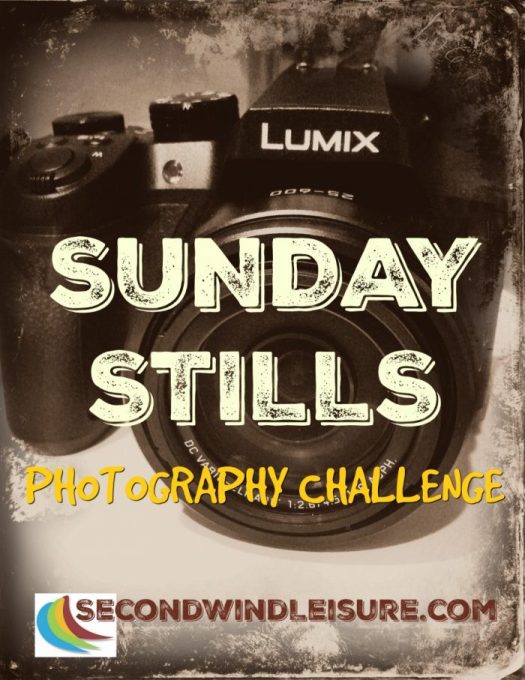
I know I always enjoy seeing what others come up with for these weekly prompts 🙂
How about you?
Do you have a favourite triangle story to tell or a photo?
I always love hearing your thoughts, so leave me a comment below!
Have a great week.
Deb 🙂
You can see all my Sunday Stills posts by clicking here and I’m linking up for Denyse’s #Lifethisweek as the prompt this week is Share Your Snaps
Visit Deb’s World’s Instagram for photo updates
You can also find Deb’s World in lots of other places – stay in touch by clicking any of the buttons below.

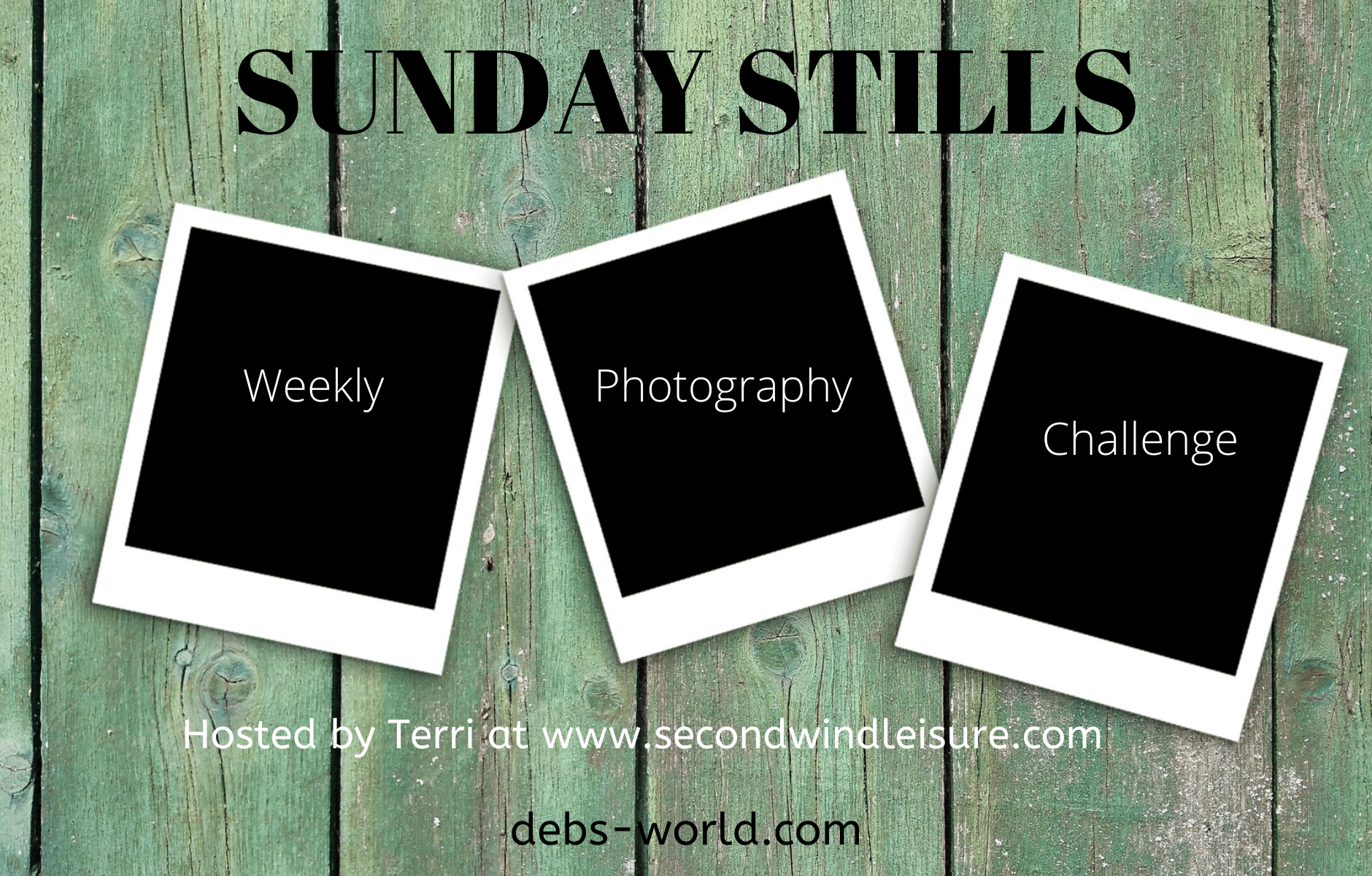

I became obsessed with triangles as an artist (just someone who enjoys creating) a few years back and started ‘seeing’ triangles and their shapes added into buildings etc every where. In fact I wrote a guest blog post about it for the website. I look at Pylons trailing across the country carrying our power and there are many triangles there too. A fave picture of mine cost me $15 at Reject shop and became a feature in our house when we sold it. I totally love triangles.
Thanks for linking up for #lifethisweek. Next week’s optional prompt is 31/51 Gratitude 5/8/19 I hope you can come on over and join in. Denyse.
LikeLiked by 1 person
That’s amazing Denyse, I am in awe of your triangle obsession! It was a good post to link up this week 🙂 Thanks for sharing your triangle love with us!
LikeLike
I love your triangles and just how much you have thought about that…I must confess I didn’t realise just how many triangles we encounter regularly!! Must check out this photography challenge
LikeLiked by 1 person
Hi Sanch, it really was a fun post to write as I had to think hard! The links are in my post if you’re keen to take a look, it’s always fun to extend the brain!!
LikeLike
I didn’t know about triangles being warning signs. Very interesting. I’ve used shapes in a “ice-breaker” team builder exercise and always took the triangle to be a “get to the point” symbol. (square is about stricture, circle about harmony, and squiggle line about possibility) Thanks for adding to my knowledge today!
LikeLiked by 1 person
My pleasure Pat, it’s good to learn new things, so I’m happy to help by passing on my new found knowledge.
LikeLiked by 1 person
I did not know that was the reason for triangular warning signs, but it works. Triangles do have a fascination, perhaps that is why we like taking pictures of roofs and feel in a good mood if we see bunting – squares would not have the same effect.
LikeLiked by 1 person
Yes I agree that triangles hold a fascination and I really enjoyed finding a few shots to share this week. Always glad to learn new things 🙂
LikeLike
So many triangles – they really are everywhere! Despite having spent 3/4 of my life in England I never knew how bunting got it’s name… Until today! So thank you for that 🙂
LikeLiked by 1 person
I know Sammie, I was so pleased to share my newfound knowledge on bunting!! And yes so many triangles 🙂
LikeLike
Loved reading this post, Deb! Just made me smile and think and look for triangles in my life!
SSG xxx
LikeLiked by 1 person
That’s lovely to hear SCG! Yes keep an eye out for more triangles 🙂
LikeLike
I love bunting as well! My favourite two triangles are my cats. Don’t you love that triangle shape when they’re sitting up? Two furry warm triangles!
Di from Max The Unicorn
LikeLiked by 1 person
Thanks Di! Now that is very clever take on triangles, seeing the shape in your cats, but when you stop and think about it, it is so true!!! Fabulous 🙂
LikeLike
Loved all your triangles Deb – lots of lateral thinking there (and smiled to myself at the eyeball rolling from the man of the house – I know what that’s like!)
LikeLiked by 1 person
Yes Leanne, very lateral thinking!! The eye rolling is always fun to take notice of – even after all these years together, or maybe because of them!! Thanks for noticing 🙂
LikeLike
Who knew that about triangles and signs? And, as an aside, if you think it looks like a triangle, he can keep his eye-rolling to himself lol. I love love love bunting so now I know why it’s called that. That’s a win for a Monday morning.
LikeLiked by 1 person
I didn’t know the reasons behind the triangle signs either Jo so I’m pleased to share some knowledge! I also enjoyed finding out about where the word bunting comes from. Yes all eye rolling can be ignored from now on!! Thanks Jo 🙂
LikeLiked by 1 person
Lots of triangles, Deb. Most were man-made it appears, but so interesting! How interesting about the bunting, I posted an image of the school’s bunting in my post…didn’t know it was called that.
LikeLiked by 1 person
Yes my triangles seemed to be man made and I enjoyed researching and sharing the information about each of them! I loved your bunting shot in your post too – great minds!!
LikeLiked by 1 person
I LOVE all of your triangles, Deb. Your feature photo is absolutely stunning!
LikeLiked by 1 person
Thanks so much Donna, I loved being able to finally use that photo too!
LikeLike
Love the triangles, Deb…as a former math teacher we are all about triangles! A little Pythagorean Theorem for your pleasure…? LOL
They also are a very stable structural shape and as such occur everywhere in architecture and construction…
LikeLiked by 1 person
Thanks Nancy! You’re quite right, they are a stable structural shape and a fun one too.
LikeLiked by 1 person
I hadn’t noticed it before but I guarantee that now you’ve pointed it out, I will be so much more aware of triangles. Yes, us Brits do love a bit of bunting – in fact I have some up in my dining room at the moment!
LikeLiked by 1 person
Yes Deb, I love your love of bunting!! I’m not at all surprised it’s up in your dining room either 🙂
LikeLike
Who knew that triangles had such an influence on out world? When you start looking they are everywhere. Nice one for a quiet sunday morning. Got me thinking.
LikeLiked by 1 person
So glad to hear you enjoyed it Jonno!! They are everywhere when you start looking aren’t they?
LikeLiked by 1 person